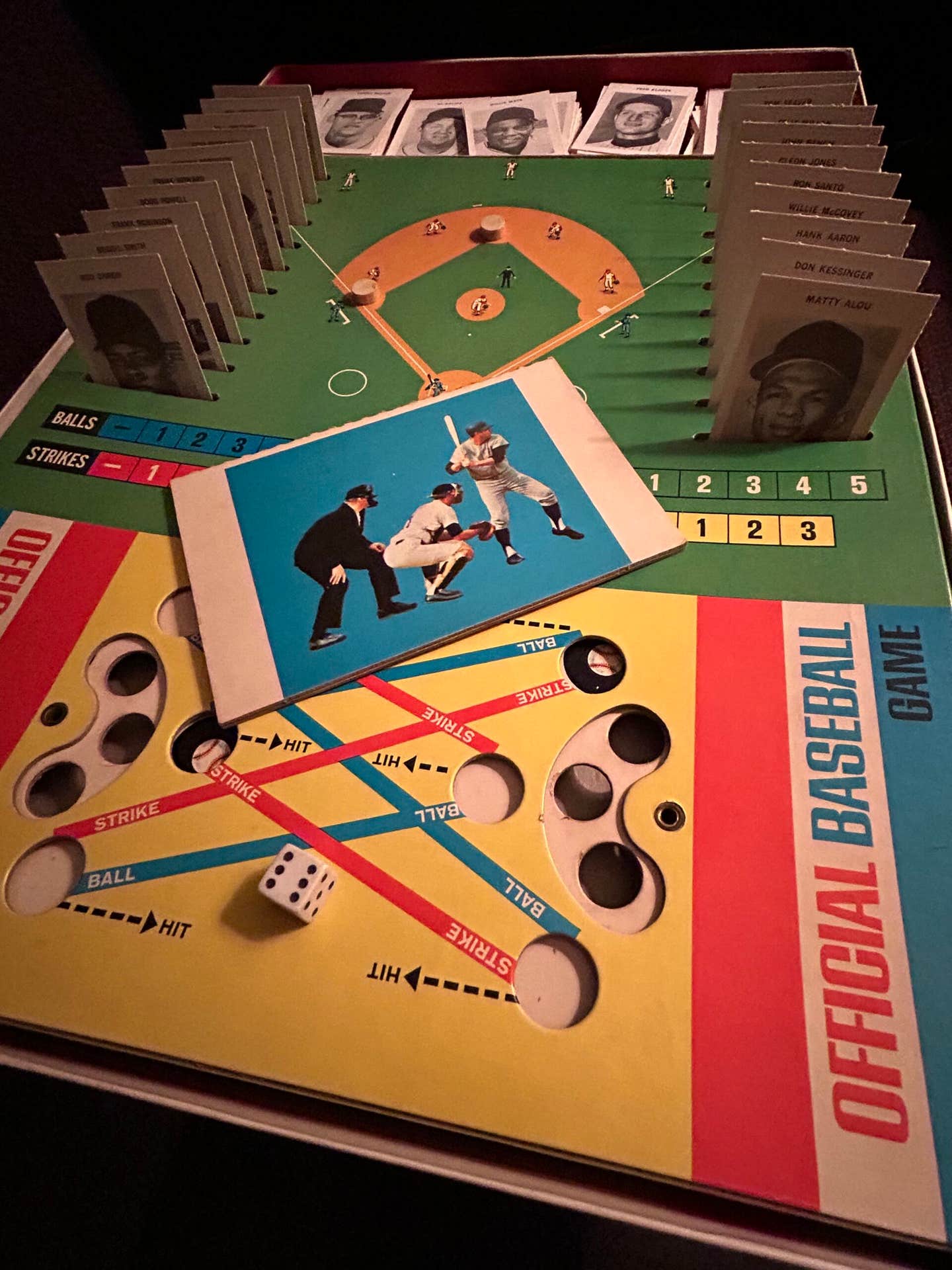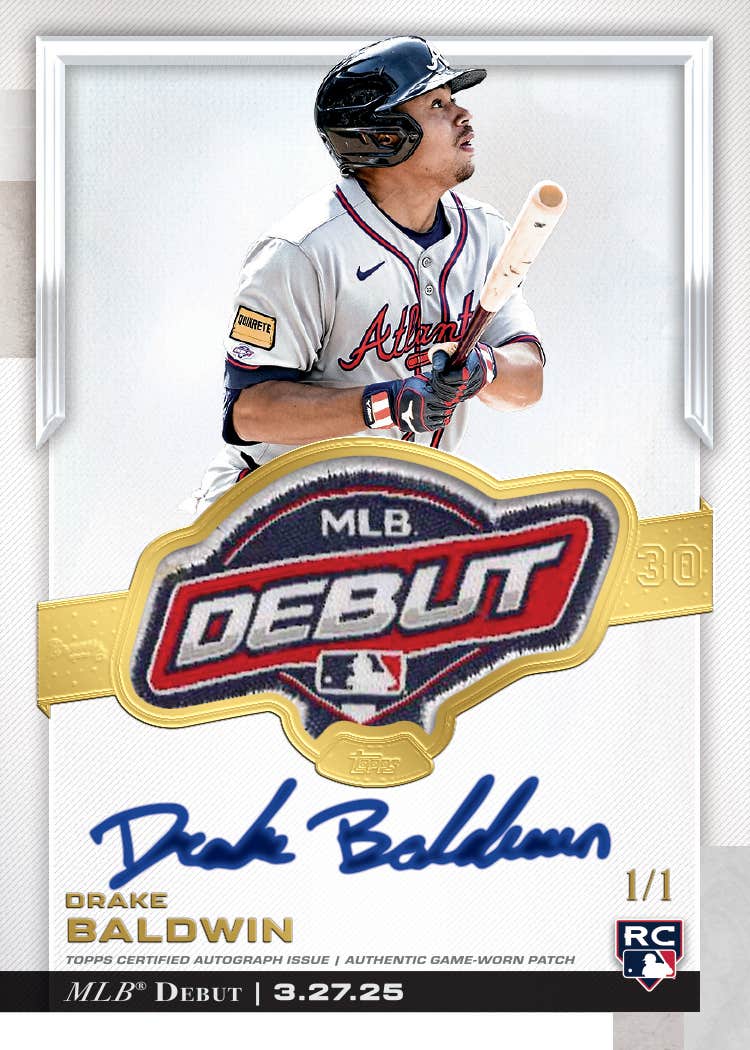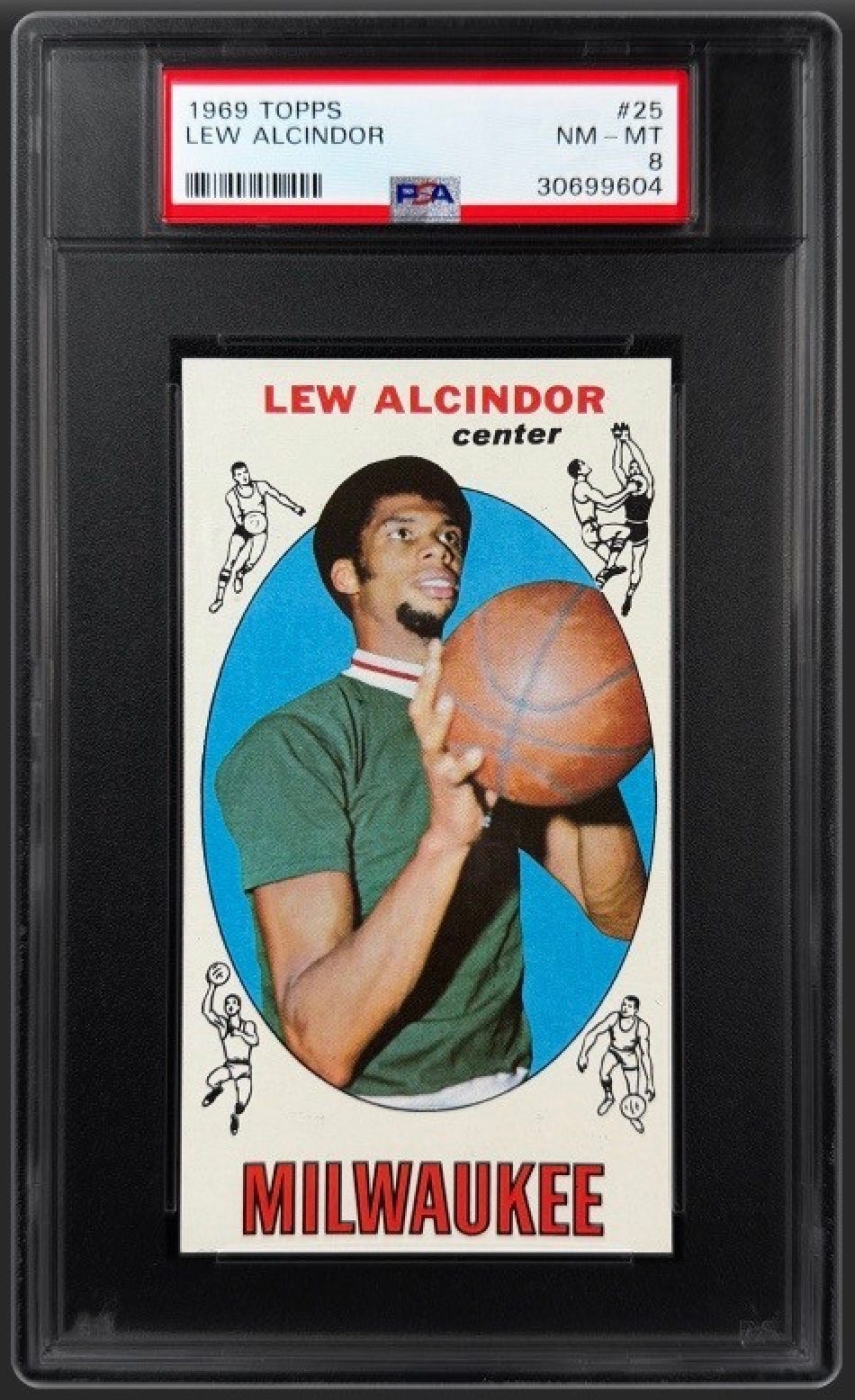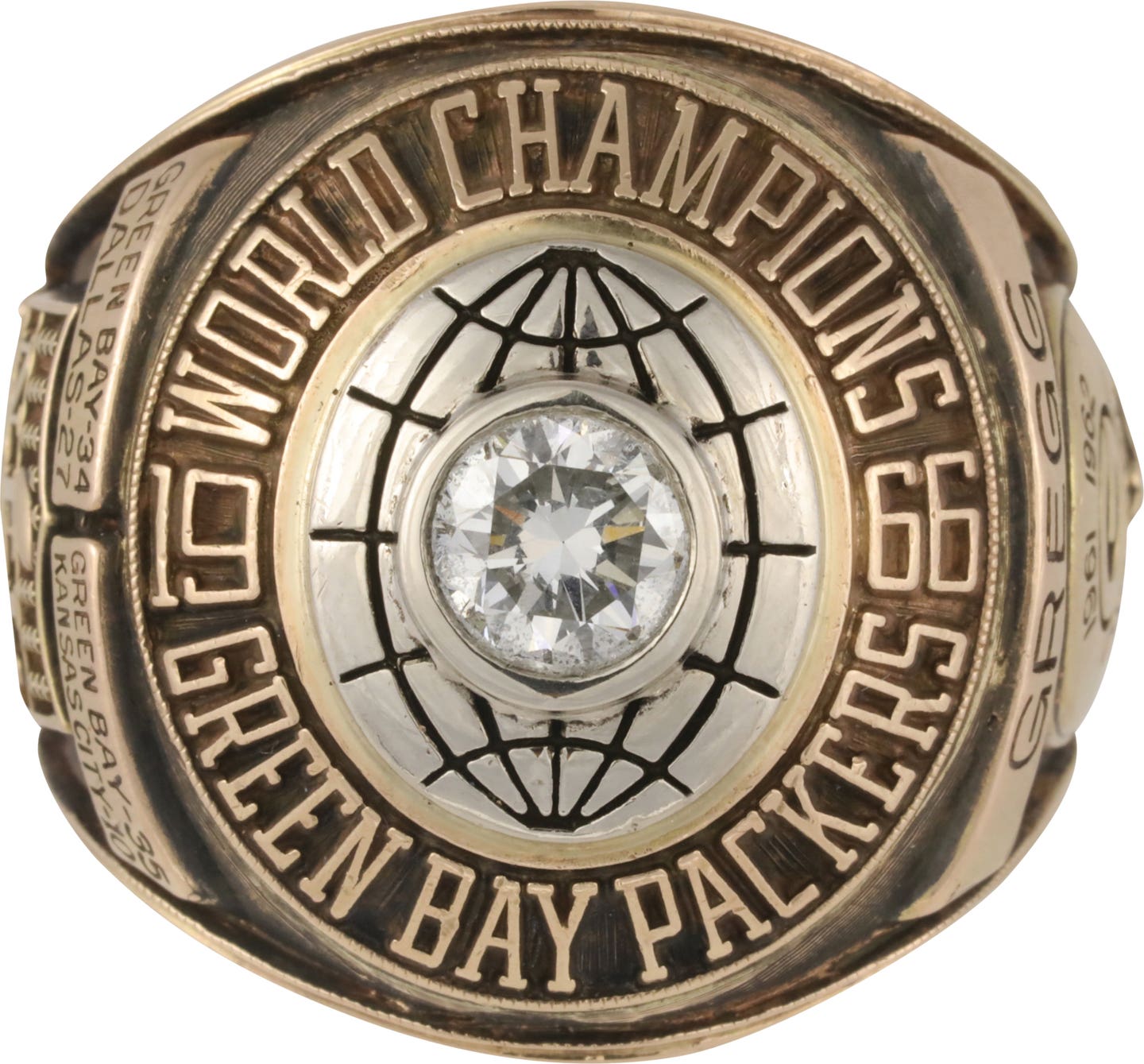Cards
Musings on 1959 and 2012 …
Two things are on my mind, and one of them is not really related to sports, but I offer it anyway because there’s not better way to confirm my conclusion than to solicit responses from the readership.
I’ll go in chronological order: 1959. I recently finished writing an catalog description for our upcoming auction, and one of the lots was a really neat run of 1959 Topps fifth series cards. Herewith a portion of the write-up:
Do you own a NR-MT to MT 1959 Topps Baseball partial set, but for some reason you ended up without any cards from No. 375 to No. 440? Then your troubles are over, my friend. Here’s an absolutely spectacular run of 66 cards from that series, all virtually unimprovable. And the snowy white backs are virtually as nice, and so clean with the blazing bright red and green colors that I caught myself whistling “The Little Drummer Boy” as I typed this up.
My question is: How does somebody end up with a segment of a series in this kind of condition? I am sure there’s a rational explanation – and, of course, I could ask the consignor – but it’s more fun to just pose the question to the readership.
I once had a blazing run of the First Series from 1964 Topps Baseball, with a Mantle I’d kill to have back in my slimy little mitts, but that was a whole series that I purchased as a series from Larry Fritsch back in the late 1960s.
This grouping of 1959s is so nice I’m wrasslin’ with myself about the possibility of bidding, even though you would technically have to be insane to considering upgrading my already NR-MT fifth series cards.
Part II of this blog concerns "2012," the movie. I saw it last weekend, and while I won’t try your patience with a movie review (I liked it, though), I was most intrigued by a bit of reel customizing that was obviously done to the prints for theatrical release in Wisconsin.
At three distinct points in the film, roughly in the beginning, middle and at the end, a line of dialog was included that clearly called for a state or city to be mentioned, and the structure of all three lines was such that virtually any state could have been mentioned.
When “Wisconsin” was the answer to the first installment, I already suspected that probably every state was getting its own custom print in theatres, and by the middle and final ones there could be little doubt.
It seemed like a fairly innocuous invention, not unlike when newspapers create distinct editions for different circulation areas, but I’d never noticed it in the movies before.
As might be expected, people were tickled to have their own state mentioned, even in this context of possible unimaginable calamity.
Boy, am I going to look like a weeinie if it turns out that “Wisconsin” was the right answer to all three questions in every last one of the thousands of theatres nationwide.
I don’t think so.








